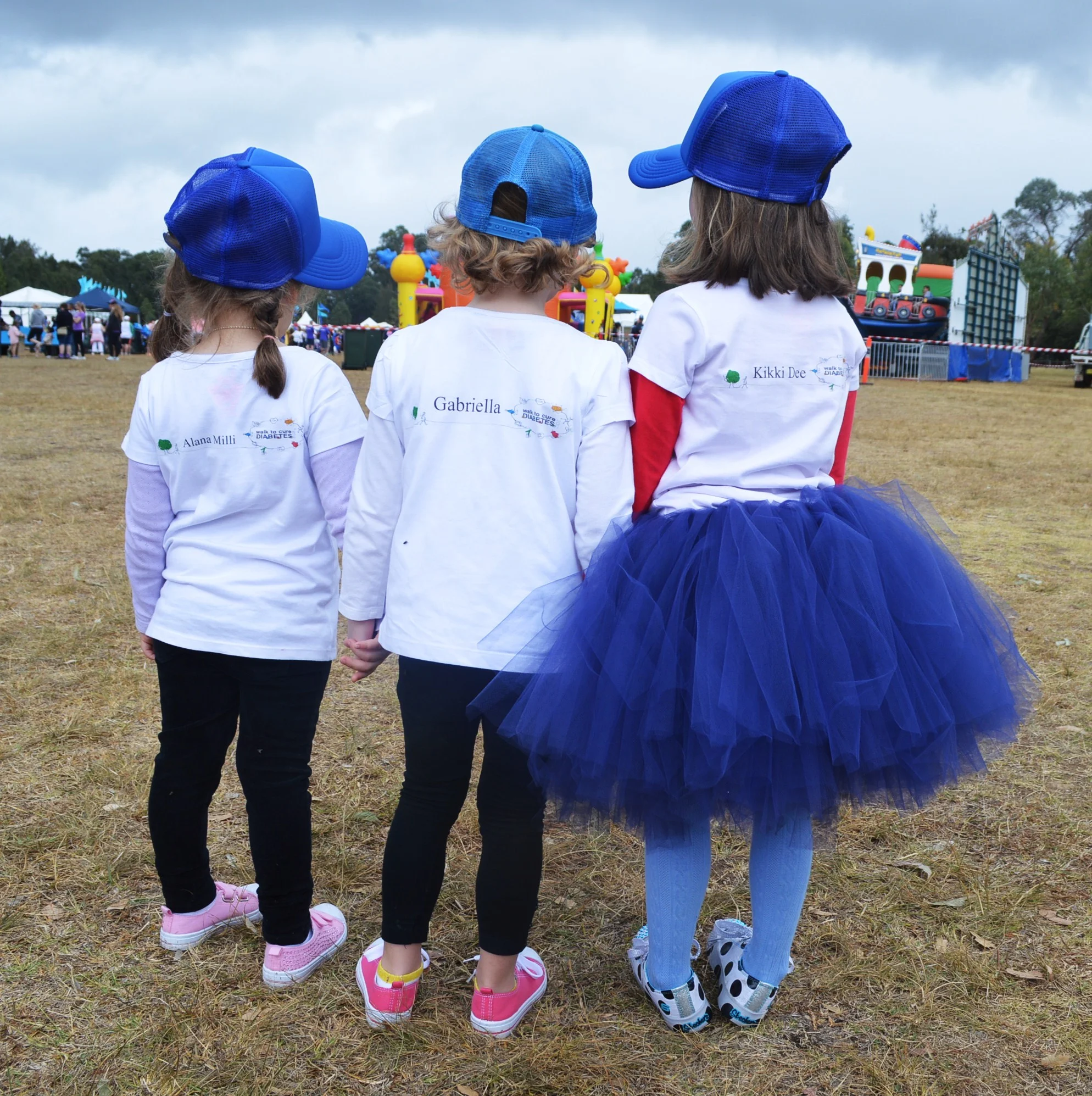HISTORY (2012 - PRESENT)
ADDN Phase 1
Funding for phase 1 (ADDN1) was provided by JDRF, to establish the data registry infrastructure and framework for collaboration. ADDN1 received support from the majority of paediatric diabetes centres throughout Australia and New Zealand. This first phase of ADDN began in 2012 and concluded in December 2015 with five of the largest paediatric diabetes clinics in Australia sharing data on more than 4,000 children and young people with diabetes (Princess Margaret Hospital (WA), Children’s Hospital at Westmead (NSW), Royal Children’s Hospital (Vic), Queensland Children’s Hospital (Qld), and the Women’s and Children’s Hospital (SA)).
ADDN1 included a registry query tool that can be used to establish the number of patients meeting a broad range of selection criteria (to assist with study planning) and access to a number of reports with fully configurable parameters designed to facilitate improvement in diabetes management. This phase focused on developing an agreed dataset and data dictionary, implementing a governance structure and guidelines for data access, designing and delivering a web-based registry, collaborating with international registries, and national reporting of diabetes outcomes in children and adolescents. ADDN1 outcomes have since been published.
ADDN phase 2
Following the success of ADDN1, phase 2 (ADDN2) commenced in early 2016 and extended to mid-2021, and included expansion to additional paediatric sites and some adult diabetes centres. The focus of ADDN2 was on establishing the website and Registry, improving the completeness and quality of the data, and collaborating with researchers to use the data to answer important clinical questions.
As a benefit of participation, each participating centre currently receives a site-specific benchmarking report twice yearly (in March and September). In addition to evaluating data completeness, these reports review key outcome measures and enable each health service to understand how it compares against other ADDN centres in Australia and New Zealand. As part of ADDN2, two working groups were established (Data, and Continuous Glucose Monitoring), and ADDN data were made available for 14 research projects.
ADDN phase 3
Phase 3 of ADDN (ADDN3) commenced at the end of 2021. The major goal for ADDN3 is to refine and prioritise its original objectives to focus on delivering better health outcomes for people with T1D across the lifespan, including the 3 stages of type 1 diabetes. Now recognised as a clinical quality registry (CQR), ADDN will continue to monitor the appropriateness and effectiveness of health care for people with diabetes. Administered by UNSW, a strong focus will be placed on data administration, revised governance, and research.
ADDN aims to achieve representative coverage of diabetes in Australasian youth, and expansion to additional paediatric and adult centres (including those in regional areas) is in progress. ADDN seeks to increase its profile to foster greater utilisation of its data by multiple stakeholders including policymakers, researchers and industry, which will be enhanced through collaboration with other research or clinical organisations linking with administrative, biobanking, and genomic datasets.

